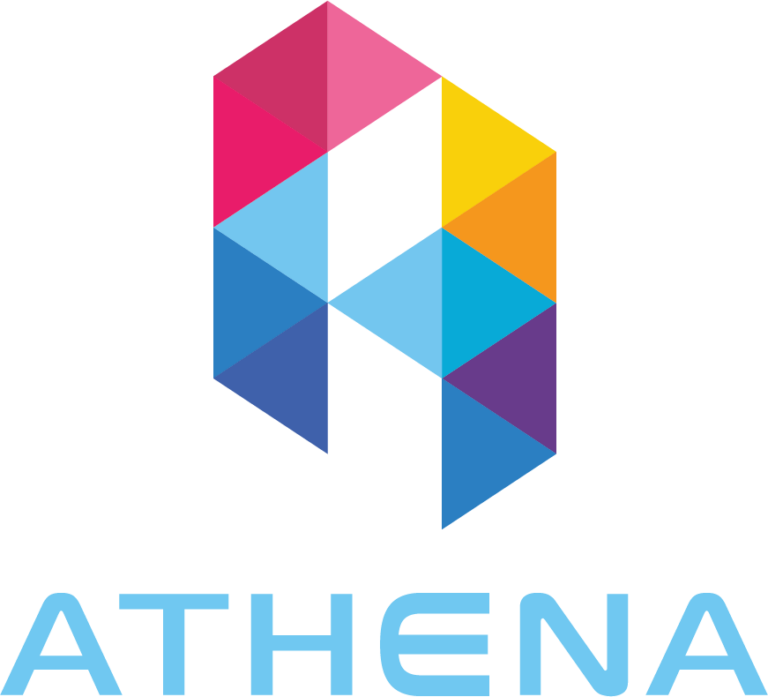The Power of Custom Algorithms: Precision and Personalization in Automated Trading
Automated trading has revolutionized the financial markets, enabling traders to execute strategies at lightning speed without human intervention. While off-the-shelf solutions dominate the landscape, custom algorithms are emerging as a game-changer for traders seeking precision, flexibility, and personalization. This article explores how custom algorithms empower traders to optimize performance, tailor strategies, and stay ahead in a competitive market.
What Are Custom Trading Algorithms?
Custom trading algorithms are bespoke computer programs designed to automate trading based on specific strategies and preferences. Unlike generic algorithms, which cater to a broad audience, custom algorithms are tailored to meet the unique needs of individual traders or institutions.
Key Features of Custom Algorithms:
- Programmed to execute precise entry and exit points.
- Incorporate personalized risk management rules.
- Adapt to specific market conditions and trading styles.
Advantages of Custom Algorithms in Automated Trading
1. Precision in Execution
Custom algorithms are designed to execute trades with pinpoint accuracy.
Benefits:
- Eliminate emotional decision-making.
- Respond to market conditions in real-time.
- Optimize entry and exit points based on predefined parameters.
Example: A custom algorithm can place buy orders only when a currency pair’s price reaches a specific Fibonacci retracement level, minimizing guesswork.
2. Personalized Strategies
Custom algorithms allow traders to implement strategies that align with their unique goals and market views.
Use Cases:
- Tailored for scalping, swing trading, or long-term investing.
- Incorporate proprietary indicators or patterns.
- Adjust for individual risk tolerance and capital allocation.
3. Adaptability to Market Conditions
Markets are dynamic, and generic algorithms may fail to adapt to sudden changes. Custom solutions are flexible, enabling adjustments to:
- Volatility levels.
- Market-specific nuances (e.g., Forex vs. crypto).
- Evolving economic or geopolitical factors.
4. Enhanced Risk Management
Custom algorithms can include sophisticated risk management features such as:
- Dynamic stop-loss adjustments based on market trends.
- Position sizing algorithms that adapt to account balance fluctuations.
- Portfolio diversification rules.
5. Competitive Edge
Bespoke solutions give traders an edge by leveraging unique insights and strategies unavailable in off-the-shelf products.
Result: Increased profitability and resilience in competitive trading environments.
Challenges of Custom Algorithms and How to Overcome Them
1. Development Complexity
Building a custom algorithm requires technical expertise in coding, financial analysis, and market behavior.
Solution: Collaborate with professional developers or leverage platforms offering custom algorithm services.
2. Higher Initial Costs
Custom solutions often involve higher upfront investment compared to ready-made tools.
Solution: Treat the cost as a long-term investment in enhanced performance and profitability.
3. Ongoing Maintenance
Custom algorithms require regular updates to remain effective in changing market conditions.
Solution: Establish a routine for backtesting and optimization to keep the algorithm aligned with current trends.
The Role of AI and Machine Learning in Custom Algorithms
AI and machine learning (ML) are enhancing the capabilities of custom trading algorithms.
Applications:
- Predictive Analytics: Use ML models to forecast price movements based on historical data.
- Sentiment Analysis: Leverage AI to analyze news and social media trends for market insights.
- Self-Learning Systems: Create algorithms that adapt and improve performance over time.
Impact: AI-driven algorithms empower traders to uncover patterns and opportunities that traditional methods may miss.
Case Study: Success with Custom Algorithms
Scenario: A Forex trader developed a custom algorithm focusing on high-frequency trading during major economic releases.
Key Features:
- Incorporated real-time data from economic calendars.
- Used volatility filters to minimize slippage.
- Applied risk-adjusted position sizing for maximum profitability.
Results:
- Execution Speed: Trades were executed within milliseconds, capturing optimal pricing.
- Profit Growth: Achieved a 30% increase in monthly returns compared to manual trading.
- Reduced Drawdowns: Improved risk management minimized account drawdowns by 25%.
Steps to Create Custom Trading Algorithms
- Define Objectives
- Specify trading goals, such as profit targets, risk limits, and preferred markets.
- Choose a Development Platform
- Use platforms like Python, MetaTrader, or TradeStation, or hire developers for advanced needs.
- Backtest Thoroughly
- Test the algorithm on historical data to evaluate performance and refine parameters.
- Optimize and Validate
- Adjust settings for current market conditions and validate through paper trading.
- Deploy and Monitor
- Launch the algorithm on live markets while continuously monitoring performance.
Future Trends in Custom Trading Algorithms
- Increased Accessibility
Platforms will offer more intuitive tools for non-technical traders to create and deploy custom algorithms. - Enhanced AI Integration
Advanced AI capabilities will make algorithms smarter and more adaptive. - Blockchain Integration
Algorithms will leverage decentralized data sources for enhanced transparency and security. - Social Customization
Community-driven customization features will allow traders to collaborate and share successful strategies.


